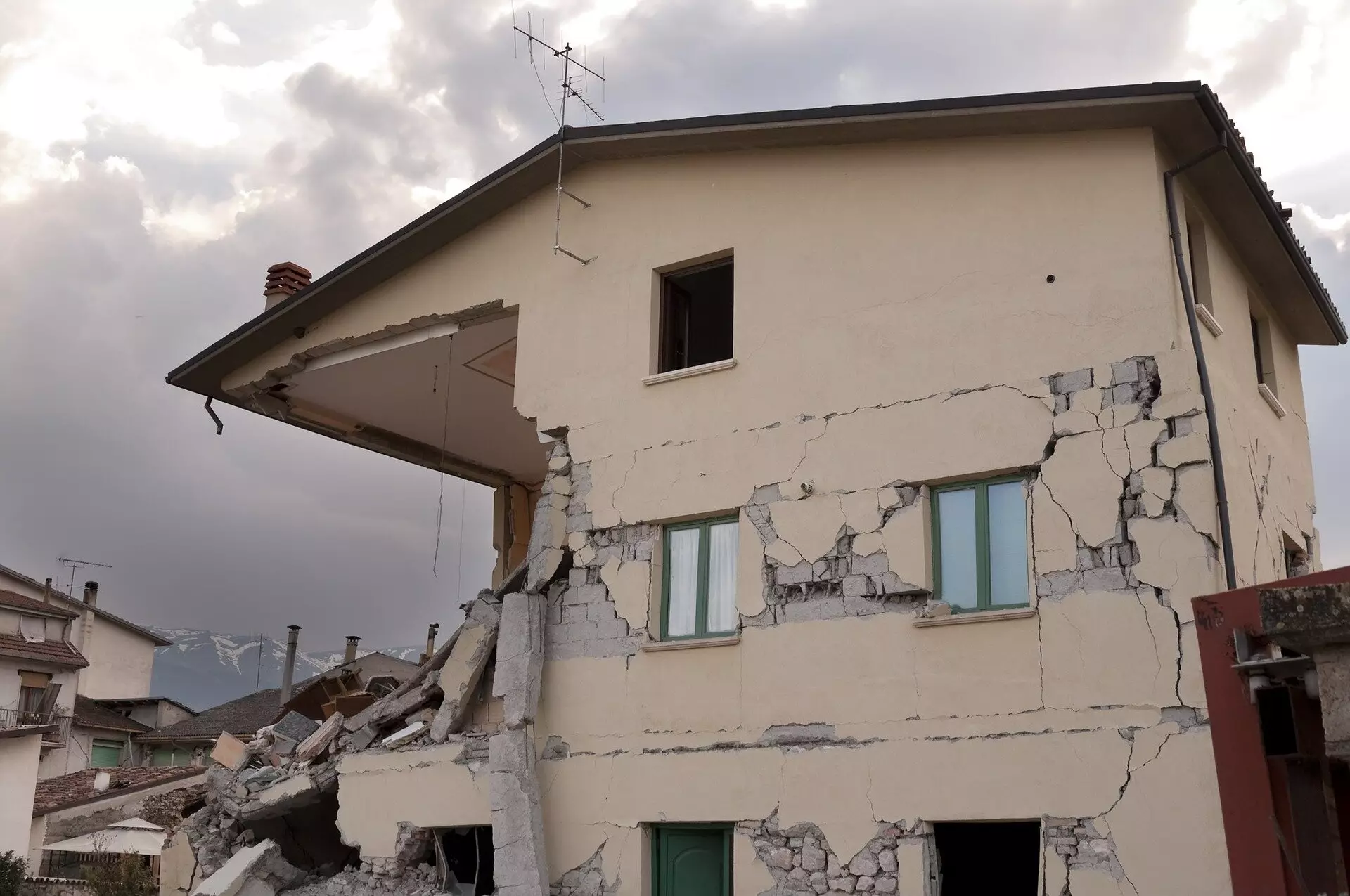Earthquakes pose a significant risk to populated areas, often resulting in devastating consequences. While many are familiar with the phenomenon of aftershocks—secondary tremors that follow a major quake—there exists another critical aspect of seismic activity: precursory earthquakes. The intricate mechanics underlying these precursor events are essential in understanding the buildup of tectonic stress before a large earthquake strikes. A phenomenon known as Precursory Scale Increase (PSI) plays a fundamental role in this narrative, indicating an increase in both the frequency and magnitude of smaller quakes prior to a significant seismic event.
The PSI concept is not just an interesting scientific tidbit; it serves as the foundation for an innovative earthquake forecasting model known as EEPAS (Every Earthquake a Precursor According to Scale). This model aims to predict medium-term seismic events—spanning from months to decades—by utilizing statistical relationships among various precursor variables. Interestingly, while EEPAS has been effective in its application and has contributed significantly to earthquake forecasting in regions prone to seismic activity, such as New Zealand, our understanding of PSI itself has remained relatively limited.
Researchers, notably Dr. Annemarie Christophersen of GNS Science, recognize that the traditional methods for identifying PSI have been convoluted and labor-intensive. Advanced analysis could yield clearer insights into these seismic phenomena. Recent findings suggest that distinct PSI incidents can occur for a single large earthquake, with smaller precursory areas correlating with extended precursor times.
To enhance the efficiency and accuracy of PSI detection, Dr. Christophersen and her team have developed algorithms capable of automatically identifying these precursory patterns within extensive earthquake catalogs. The innovative algorithms have undergone testing against both real-world earthquake data and simulated datasets, designed to mirror the known behaviors of seismic events. This approach yielded promising results, demonstrating the ability to recognize varying precursory signatures, which indicate the onset of significant seismic activity.
Moreover, the researchers observed a balanced relationship between the size of the precursor area and the time leading up to the mainshock. Initial analyses confirmed that the empirical scaling relations derived from these automated identifications were consistent with earlier subjectively determined scaling relationships vital to the EEPAS forecasting model. Such consistency suggests that evolving the methodology surrounding PSI analysis could substantially enhance our capacity for effective earthquake forecasting.
The findings highlighted by Dr. Christophersen mark a pivotal step forward in the pursuit of enhanced medium-term earthquake forecasting. By refining our understanding of how seismic activity intensifies in anticipation of a major quake, researchers are poised to make significant advancements in public safety measures as well as the development of the National Seismic Hazard Model. As these automated tools become integrated into existing models like EEPAS, there is hope for a more robust public warning system capable of minimizing the impacts of future seismic events.
The evolution of earthquake forecasting facilitated by understanding PSI paves the way for significant advancements in not only scientific knowledge but also in the practical applications that protect lives and property from the unpredictable nature of earthquakes.

